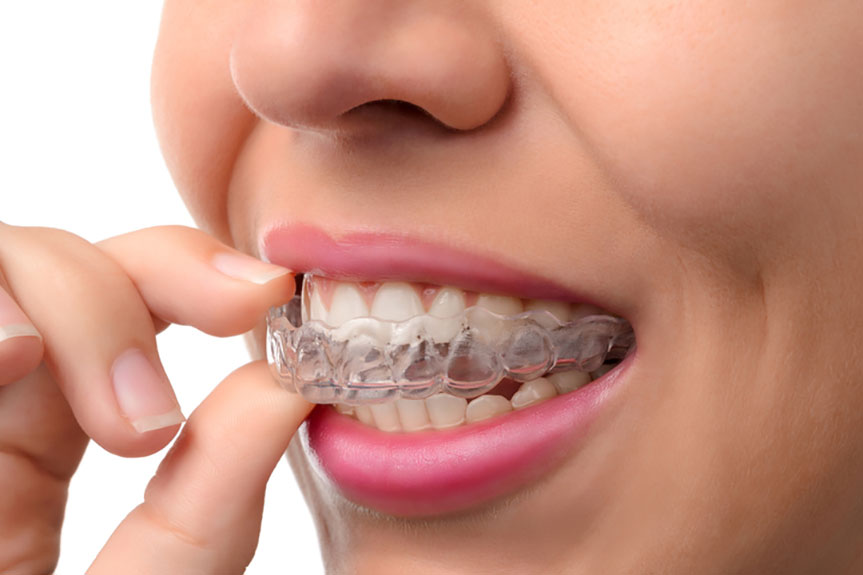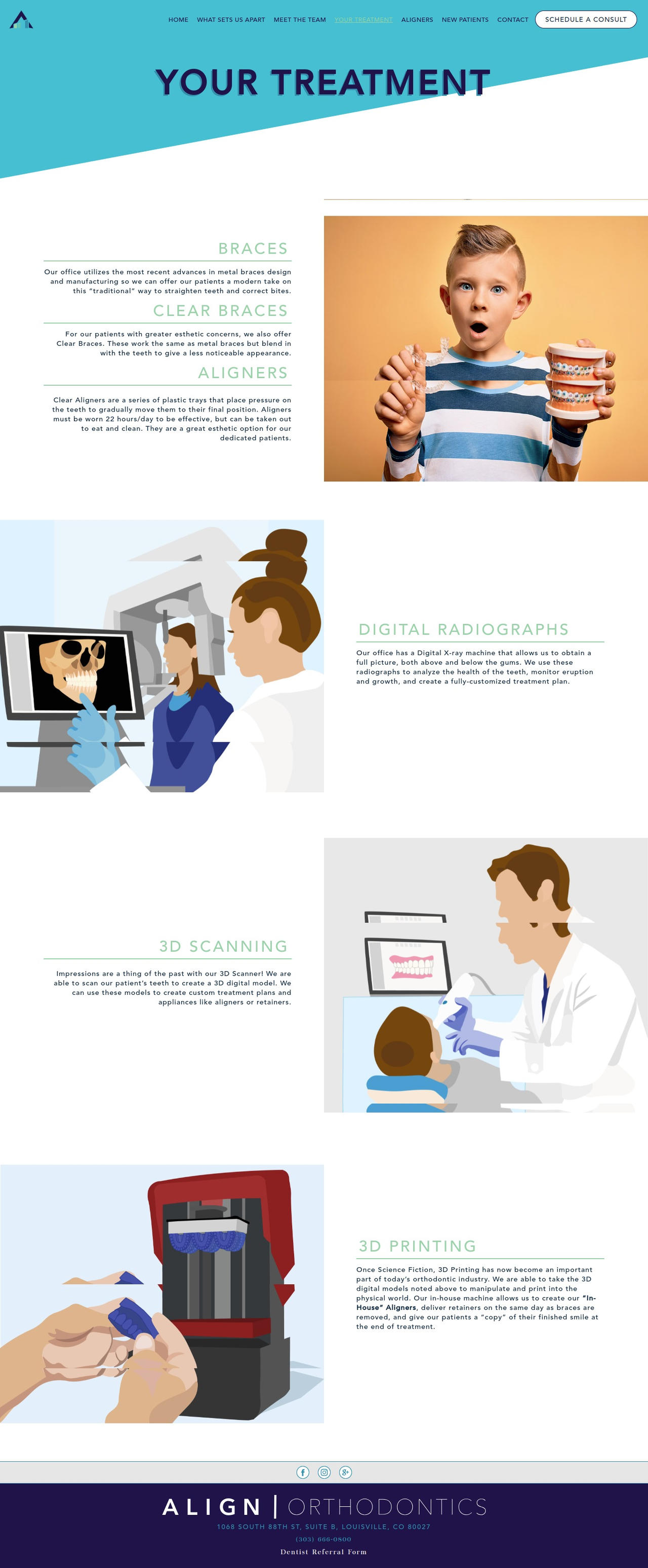Orthodontic Web Design Fundamentals Explained
Orthodontic Web Design Fundamentals Explained
Blog Article
The Greatest Guide To Orthodontic Web Design
Table of ContentsThe Main Principles Of Orthodontic Web Design What Does Orthodontic Web Design Mean?Some Known Factual Statements About Orthodontic Web Design Excitement About Orthodontic Web Design9 Simple Techniques For Orthodontic Web Design
Ink Yourself from Evolvs on Vimeo.
Orthodontics is a specialized branch of dental care that is worried with diagnosing, dealing with and protecting against malocclusions (poor attacks) and other irregularities in the jaw region and face. Orthodontists are specially educated to deal with these troubles and to bring back health and wellness, performance and an attractive visual appearance to the smile. Though orthodontics was initially intended at dealing with children and teens, nearly one third of orthodontic patients are currently adults.
An overbite refers to the projection of the maxilla (upper jaw) about the jaw (reduced jaw). An overbite offers the smile a "toothy" look and the chin appears like it has receded. An underbite, also known as a negative underjet, describes the protrusion of the jaw (reduced jaw) in regard to the maxilla (top jaw).
Developing delays and genetic factors typically cause underbites and overbites. Orthodontic dental care offers strategies which will realign the teeth and renew the smile. There are a number of treatments the orthodontist may utilize, depending upon the results of scenic X-rays, research study models (bite impressions), and a complete aesthetic exam. Dealt with oral braces can be used to expediently remedy even the most severe situation of misalignment.
Online examinations & online treatments get on the surge in orthodontics. The premise is basic: a client submits images of their teeth through an orthodontic site (or application), and then the orthodontist attaches with the person via video meeting to review the photos and discuss therapies. Supplying virtual assessments is hassle-free for the patient.
Orthodontic Web Design Fundamentals Explained
Digital therapies & assessments during the coronavirus shutdown are a vital means to continue linking with people. Keep communication with clients this is CRITICAL!
Offer people a factor to proceed making repayments if they are able. Orthopreneur has carried out digital therapies & consultations on lots of orthodontic internet sites.
We are building a web site for a new oral client and asking yourself if there is a theme finest suited for this sector (medical, health wellness, dental). We have experience with SS layouts but with numerous new design templates and an organization a bit various than the major focus team of SS - seeking some pointers on design template selection Preferably it's the best mix of professionalism and contemporary design - ideal for a customer encountering team of patients and customers.

The Only Guide for Orthodontic Web Design

Figure 1: The very same picture from a receptive web site, revealed on 3 different devices. A web site is at the facility of any kind of orthodontic method's online existence, and a properly designed site can result in more new client phone calls, higher conversion rates, and far better exposure in the area. Offered all the alternatives for building a brand-new web site, there are some Read Full Article key qualities that should be taken into consideration.

This indicates that the navigating, photos, and design of the material change based upon whether the visitor is utilizing a phone, tablet, or desktop. A mobile website will have images enhanced for the smaller sized display of a smart device or tablet, and will have the written web content oriented up and down so an individual can scroll with the site easily.
The website revealed in Number 1 was created to be receptive; it displays the very same web content in different ways for various gadgets. You can see that all show the very first image a site visitor sees when showing up on the web site, but using three various checking out systems. The left photo is the desktop computer variation of the website.
Orthodontic Web Design for Beginners
The image on the right is from an apple iphone. The photo in the facility shows an iPad loading the same website.
By making a website receptive, the orthodontist just needs to keep one version of the site since that version Homepage will load in any kind of tool. This makes maintaining the site much less complicated, because there is only one copy of the platform. Furthermore, with a responsive site, all web content is readily available in a similar watching experience to all site visitors to the web site.
The doctor can have confidence that the website is loading well on all devices, considering that the site is created to respond to the various displays. Number 2: Distinct material can create an effective impression. We have actually all heard the web adage that "content is king." This is particularly true for the contemporary web site that competes versus the continuous material creation of social media sites and blog writing.
A Biased View of Orthodontic Web Design
We have actually discovered that the cautious selection of a few effective words and images can make a solid impact on a site visitor. In Figure 2, the doctor's tag line "When art and scientific research incorporate, the result is a Dr Sellers' smile" is special and memorable (Orthodontic Web Design). This is matched by an effective image of a client getting CBCT to show making use of innovation
Report this page